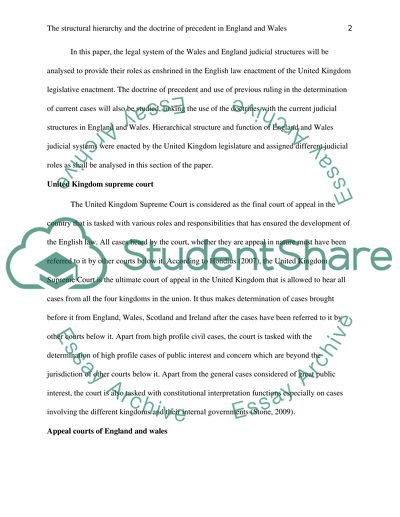Cite this document
(“Assess the hierarchical structure of the court system in England and Essay - 1”, n.d.)
Assess the hierarchical structure of the court system in England and Essay - 1. Retrieved from https://studentshare.org/law/1490012-assess-the-hierarchical-structure-of-the-court
Assess the hierarchical structure of the court system in England and Essay - 1. Retrieved from https://studentshare.org/law/1490012-assess-the-hierarchical-structure-of-the-court
(Assess the Hierarchical Structure of the Court System in England and Essay - 1)
Assess the Hierarchical Structure of the Court System in England and Essay - 1. https://studentshare.org/law/1490012-assess-the-hierarchical-structure-of-the-court.
Assess the Hierarchical Structure of the Court System in England and Essay - 1. https://studentshare.org/law/1490012-assess-the-hierarchical-structure-of-the-court.
“Assess the Hierarchical Structure of the Court System in England and Essay - 1”, n.d. https://studentshare.org/law/1490012-assess-the-hierarchical-structure-of-the-court.


